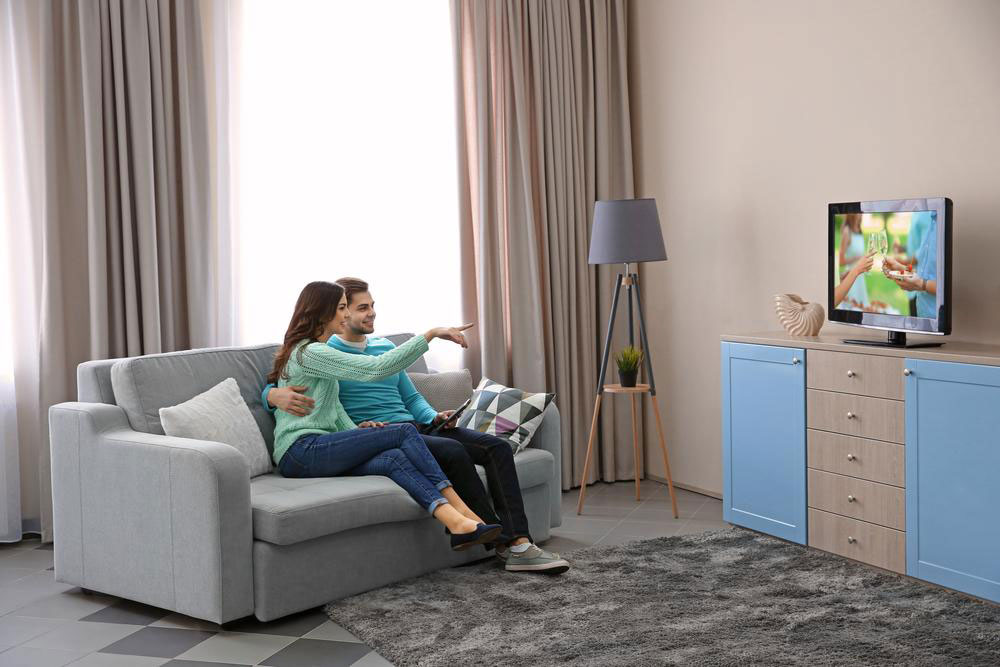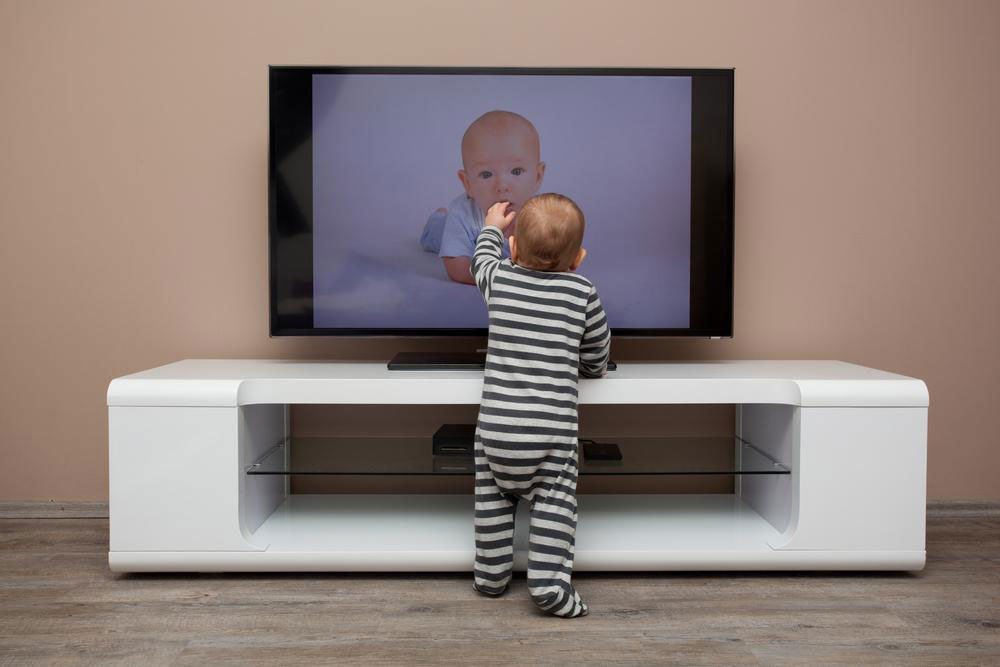Expert Guide to Selecting the Perfect Television for Your Home
Discover comprehensive tips for choosing the perfect TV, including size, display technology, connectivity, brand quality, and budget considerations. This guide helps you make an informed decision to find a reliable, high-quality television that suits your space and entertainment needs, ensuring great value for years to come.

Ultimate Tips for Finding the Ideal TV Deal
When it comes to upgrading or purchasing a new television, it's often a significant investment that requires careful research and consideration. A TV isn't just a screen; it's a centerpiece of entertainment in your living space, affecting your viewing experience and overall home aesthetics for years to come. Therefore, making the right choice involves understanding various features, brands, and purchase strategies to ensure you get the best value for your money. This comprehensive guide aims to help you navigate the multitude of options on the market and select a TV that perfectly fits your needs, space, and budget.
Investing in a new television is not an everyday occurrence, and the decision can be daunting given the array of choices available. With technological advancements and a broad spectrum of brands and models, it’s vital to approach the selection process systematically. Doing so ensures you avoid overspending on unnecessary features or ending up with a device that doesn’t meet your expectations. To assist in making an informed decision, consider several critical factors: size, display technology, connectivity, brand reputation, and budget constraints.
Understanding the Key Considerations When Choosing a TV
The process of choosing the perfect television begins with understanding what factors are most important to your viewing habits, space constraints, and financial plan. Let's delve into the essential elements that will guide you in selecting a television that offers both quality and value.
Size and Space Compatibility
One of the primary considerations is the size of the TV. The display size should be proportionate to the room where it’s going to be placed. A common guideline is that the ideal viewing distance should be approximately 1.5 to 2.5 times the diagonal size of the TV screen. For example, if you're planning a 55-inch TV, the ideal viewing distance is around 7 to 11 feet. Measuring your space before making a purchase avoids the discomfort of having a screen that's either too overwhelming or too small for your room.
It's also essential to consider the available space’s width, height, and depth. Some modern TVs can be slim and minimalist, making them suitable for small rooms, while larger models are better suited for spacious areas where you can enjoy immersive viewing experiences.
Display Technology and Picture Quality
The core of any TV purchase is the display technology, which directly influences picture clarity, color fidelity, contrast, and motion handling. The prevalent types include:
LED (Light Emitting Diode): These are the most common and typically offer excellent brightness and energy efficiency. They are suitable for bright rooms and are generally more affordable.
OLED (Organic LED): Known for superior contrast ratios, deep blacks, and vibrant colors, OLED screens deliver exceptional picture quality. They are ideal for dark-room viewing but tend to be pricier.
QLED (Quantum-dot LED): Combining LED backlighting with quantum-dot technology, QLED TVs provide bright images, vibrant color accuracy, and good longevity, making them a popular choice for high-quality entertainment.
Plasma and LCD: Although less common now, plasma screens offer excellent contrast but are less energy-efficient. LCDs are versatile, with a broad range of options suitable for various budgets and preferences.
The choice depends on your lighting environment, viewing preferences, and budget. For instance, if you primarily watch movies in a dark room, OLED or QLED might be the best options for vivid picture quality.Connectivity Options and Smart Features
Modern TVs are equipped with an array of ports and smart features designed to enhance your entertainment experience. When selecting a TV, check for the following connectivity options:
Multiple HDMI ports for connecting devices like gaming consoles, Blu-ray players, and streaming devices.
USB ports for connecting external storage devices or peripherals.
Ethernet and Wi-Fi capabilities for streaming content, software updates, and smart home integration.
Bluetooth support for wireless audio and device connection.
Additionally, Smart TV features allow you to access popular streaming services such as Netflix, Hulu, Amazon Prime, and more. A user-friendly interface, voice control capabilities, and compatibility with digital assistants like Alexa or Google Assistant can significantly enhance the usability of your TV.Brand Reputation and Long-term Durability
Choosing a reputable brand is crucial for ensuring your TV’s longevity and reliable performance. Well-established brands like Samsung, LG, Sony, and Panasonic have built a reputation for quality, innovation, and customer support. Local or less-known brands can offer competitive prices, but it’s vital to research user reviews, warranty policies, and after-sales service. Durability depends on build quality, manufacturer support, and warranty coverage, so opting for trusted brands can save you future trouble and expenses.
Budget Planning and Cost-Value Balance
Setting a budget before shopping streamlines your options and prevents overspending. High-end models with advanced features like OLED screens and 8K resolution tend to be more expensive, while budget-friendly options still deliver decent quality for casual viewing. Researching prices, promotional deals, and seasonal sales can help you get the best deal. Remember, the most expensive model isn’t always the best fit; try to find a balance that offers the features you need within your financial limits.
Additional Tips for a Smart Purchase
Beyond the technical specifications, there are practical tips to get the most value out of your TV purchase:
Compare prices across different retailers, including online marketplaces and local stores.
Read customer reviews and expert assessments to gauge real-world performance.
Check for promotional offers, bundle deals, or extended warranties.
Consider future-proof features such as HDMI 2.1, 4K/8K resolution, and HDR capabilities.
Visit physical stores to see the picture quality and size in person before buying online.
By following these detailed guidelines, you can confidently select a television that not only fits your current needs but also offers excellent performance and durability for years to come. Remember, a well-chosen TV enhances your entertainment experience and adds value to your home environment, making the investment worthwhile.





